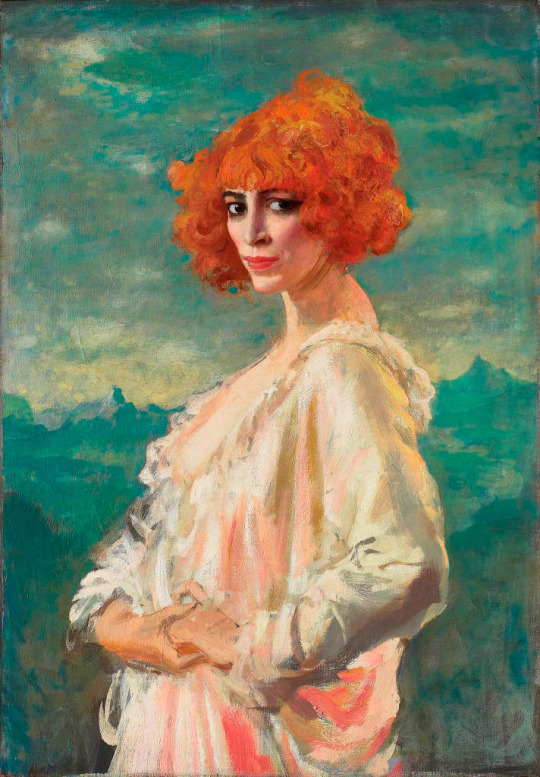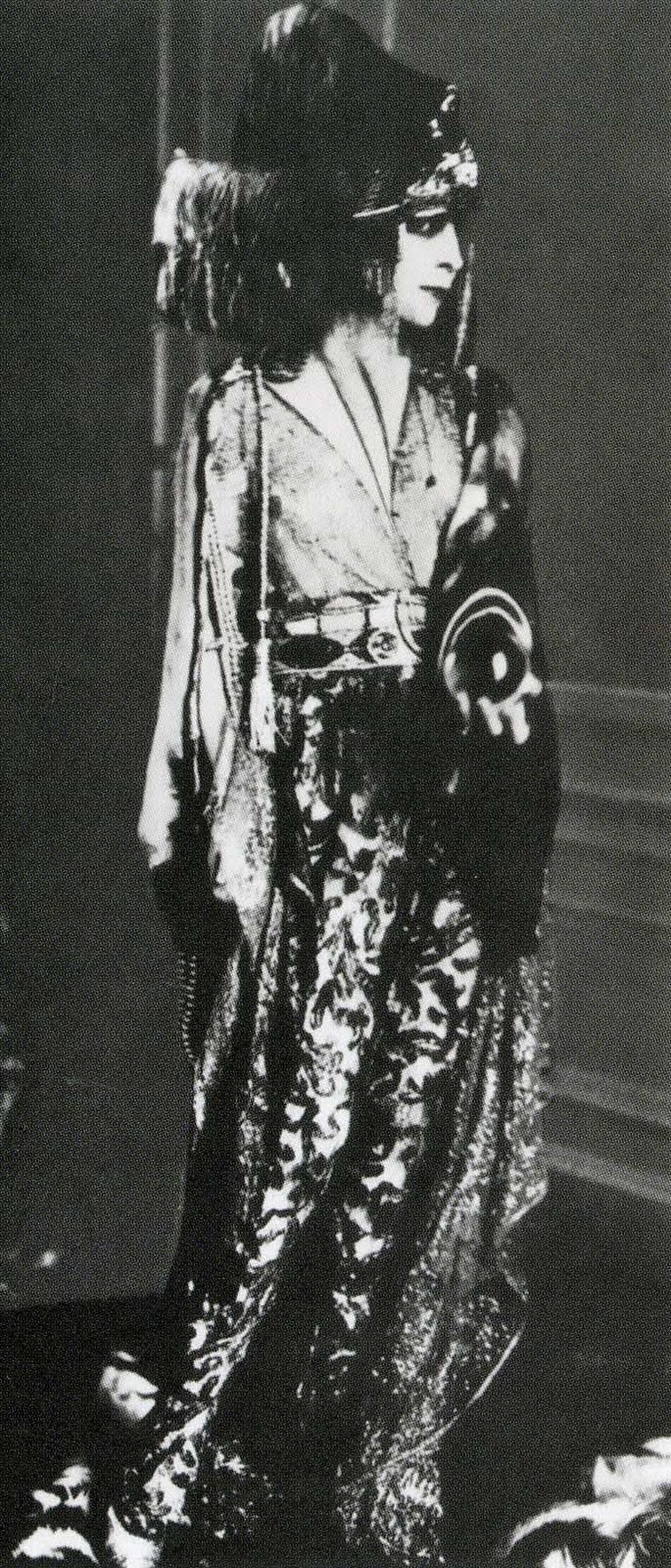#marchesa luisa casati
Text
described as wearing more perfume than clothing,
on Marchesa Luisa Casati, Infinite Variety by Michael Orlando Yaccarino & Scott D. Ryersson
#words#marchesa luisa casati#luisa casati#michael orlando yaccarino#scott d. ryersson#fei: my infinite variety#marguerite: my abandoned glitter#henriette: my beautiful age#dominique: my dangerous girlhood#infinite variety#vaelena: my oyster sickness
650 notes
·
View notes
Text
Notable portraits by Beltran Masses
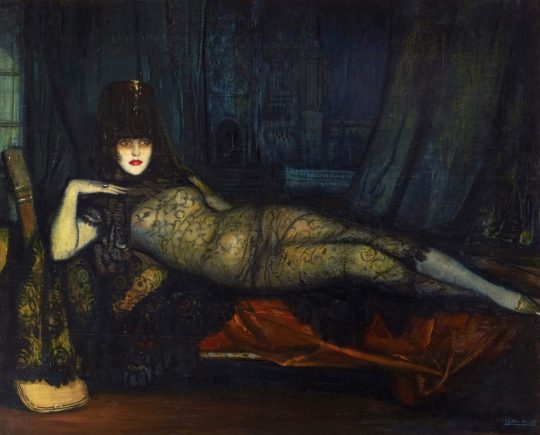
Federico Beltrán-Masses (1885–1949) ~ La Maja Maldita, 1918. Oil on canvas. Posed (likely) by Carmen Tórtola Valencia

Federico Beltrán-Masses (1885–1949) ~ La Marchesa Casati, 1920. Oil on canvas
View on WordPress
#carmen tortola valencia#federico beltran masses#la casati#marchesa casati#la divina marchesa#luisa casati#tortola valencia#maja maldita#marchesa luisa casati#oil on canvas#painting#Gemälde#1920s#peinture#pintura#pittura#cuadro#portrait#1910s#Porträt#retrato#ritratto#portret#retrat#Bildnis#tórtola valencia#women artists
266 notes
·
View notes
Text
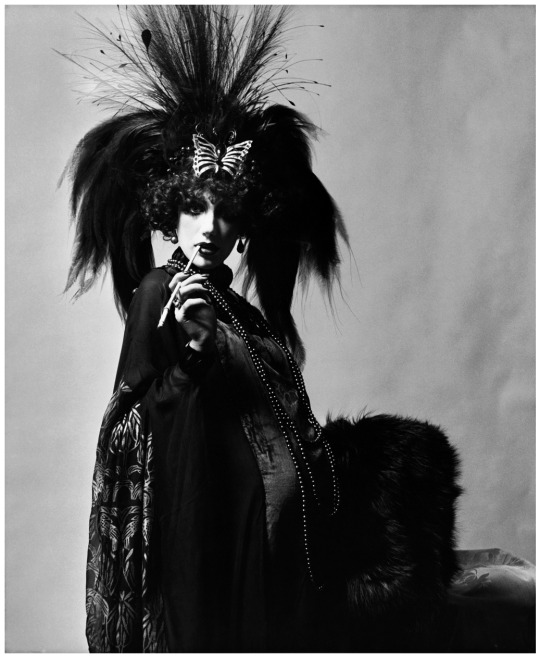
Marisa Berenson as Marchesa Luisa Casati by Cecil Beaton 1971
111 notes
·
View notes
Photo
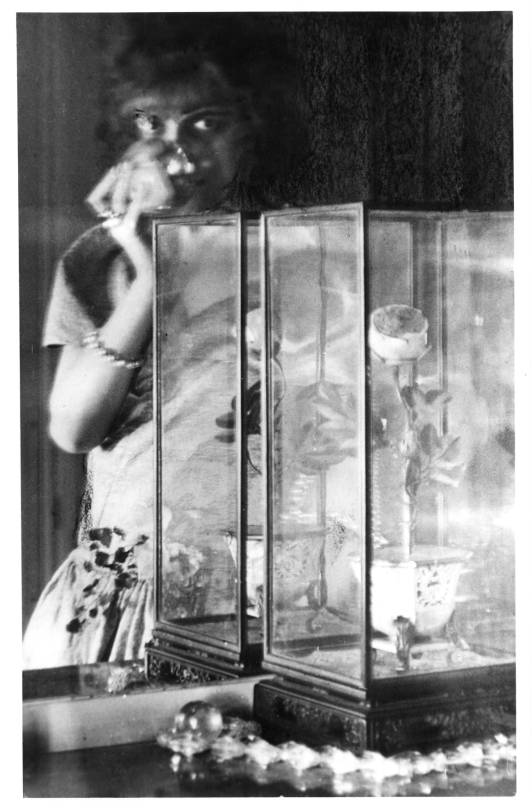
1922 Man Ray, Marchesa Luisa Casati.
"In 1922, Luisa visited a young and still unknown photographer named Man Ray. In his autobiography, the American tells the story of the photo that became the most famous of all the representations of the Marchioness Casati (...) "I drew a few where one could distinguish a semblance of face; On one of the negatives, we saw three pairs of eyes. It could have been mistaken for a surreal version of the Medusa. It was precisely this photo that delighted her: I had made a portrait of her soul, she said, and she ordered dozens of copies from me. I wish my other clients had been so easy to please. The photo of the marquise went around Paris. Figures from the most closed circles began to come, all expecting miracles. I had to leave my hotel room and find a real studio. » (x)
#1922#portrait#man ray#marchesa luisa casati#luisa casati#marchesa casati#marquise casati#Marquise luisa casati#la Marquise#luisa amman casati#Luisa Adele Rosa Maria von Amman#Luisa Adele Rosa Maria Amman#Luisa Amman#Marquise Casati Stampa di Soncino#Marchesa Casati Stampa di Soncino#Luisa Marchesa Casati Stampa Di Soncino#Luisa Casati Stampa di Soncino#Marchesa Casati Stampa
151 notes
·
View notes
Text

Marchesa Luisa Casati (1881 - 1957) wearing an extravagant Paul Poiret gown with a greyhound by Giovanni Boldini, 1908.
Luisa, Marchesa Casati Stampa di Soncino (born Luisa Adele Rosa Maria Amman; 23 January 1881 – 1 June 1957), was an Italian heiress, muse, and patroness of the arts in early 20th-century Europe.
Giovanni Boldini (31 December 1842 – 11 January 1931) was an Italian genre and portrait painter who lived and worked in Paris for most of his career. According to a 1933 article in Time magazine, he was known as the "Master of Swish" because of his flowing style of painting.
Early Life:
Boldini was born in Ferrara, Italy on 31 December 1842. He was the son of a painter of religious subjects, and the younger brother of architect Luigi (Louis) Boldini. In 1862, he went to Florence for six years to study and pursue painting. He only infrequently attended classes at the Academy of Fine Arts, but in Florence, met other realist painters known as the Macchiaioli, who were Italian precursors to Impressionism. Their influence is seen in Boldini's landscapes which show his spontaneous response to nature, although it is for his portraits that he became best known.
Career:
Moving to London, Boldini attained success as a portraitist. He completed portraits of premier members of society including Lady Holland and the Duchess of Westminster. From 1872 he lived in Paris, where he became a friend of Edgar Degas. He became the most fashionable portrait painter in Paris in the late 19th century, with a dashing style of painting which shows some Macchiaioli influence and a brio reminiscent of the work of younger artists, such as John Singer Sargent and Paul Helleu.
He was nominated commissioner of the Italian section of the Paris Exposition in 1889, and received the Légion d'honneur for this appointment. In 1897 he had a solo exhibition in New York. He participated in the Venice Biennale in 1895, 1903, 1905, and 1912.
Boldini died in Paris on 11 January 1931.
In a write up in The New York Times in January 1931, his career was summed up as follows:
Boldini was a fashionable portrait painter. He 'did' all the grandes dames of Paris, and at a certain period to have a portrait painted by Boldini was a crowning event of social season. His style was racy and advanced for his time, and he believed that his décolleté paintings touched the extreme limit of convention. His work was the talk of numerous salons. And then he was superseded by Vandongens and Etcheverrys and Domergues and others whose daring shocked and discouraged Boldini. He had not painted for many years before his death. His body was taken to Ferrara, his native city, for burial.
After his death, his work continued to be exhibited around the world. An exhibition of his work was held in 1938, seven years after his death, at the Newhouse Galleries in New York City.
In popular culture:
Boldini is a character in the ballet Franca Florio, regina di Palermo, written in 2007 by the Italian composer Lorenzo Ferrero, which depicts the story of Donna Franca, a famous Sicilian aristocrat whose exceptional beauty inspired him and many other artists, musicians, poets and emperors during the Belle Époque.
A Boldini portrait of his former muse Marthe de Florian, a French actress, was discovered in a Paris flat in late 2010, hidden away from view on the premises that were unvisited for over 50 years. The portrait has never been listed, exhibited or published and the flat belonged to de Florian's granddaughter, who inherited the flat after her father's death in 1966 and lived in the South of France after the outbreak of the Second World War and never returned to Paris. A love-note and a biographical reference to the work painted in 1888, when the actress was 24, cemented its authenticity. A full-length portrait of the lady in the same clothing and accessories, but less provocative, hangs in the New Orleans Museum of Art.
The discovery of his painting in the 70-years-empty apartment forms the background to Michelle Gable's 2014 novel A Paris Apartment.
Thanks to @lamarchesacasati for extra details!
#marchesa luisa casati#greyhound#dogs#dog#canines#canine#italian artists#italian artist#italian painter#italian painters#genre art#genre artist#portrait art#portraits#portraiture#portrait painter#portrait painters#luigi (louis) boldini#realist art#realism#macchiaioli#impressionism#impressionist art#realism movement#realist movement#landscape art#landscape artist#portraitist#19th century art#paul poiret
4 notes
·
View notes
Text

Marchesa Luisa Casati with her snake, Paris 1920’s
1 note
·
View note
Text

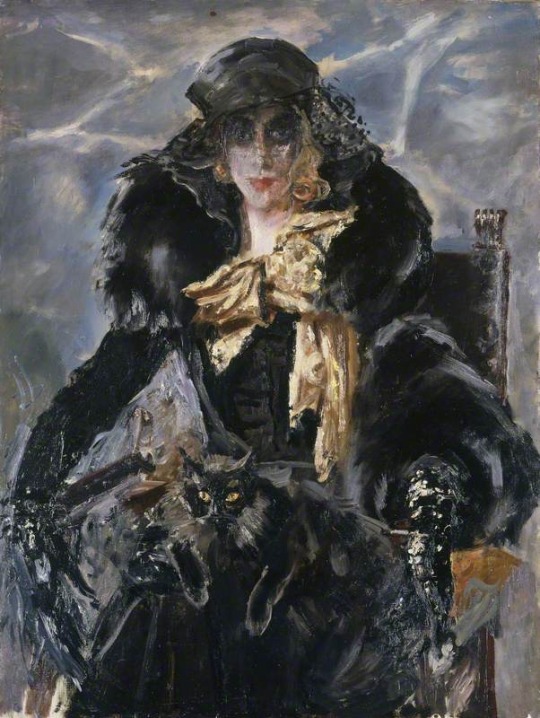
Marchesa Luisa Casati
Augustus John, The Marchesa Casati, 1919
Augustus Edwin John, Marchesa Casati, c. 1942
#luisa casati#augustus john#welsh painter#welsh artist#portrait#portrait painting#portrait art#portraiture#british art#british painter#british painting#british artist#marchesa#aristocracy#celebrity portraits#cafe society#modern art#art history#aesthetictumblr#tumblraesthetic#tumblrpic#tumblrpictures#tumblr art#aesthetic#tumblrstyle#beauty
44 notes
·
View notes
Photo

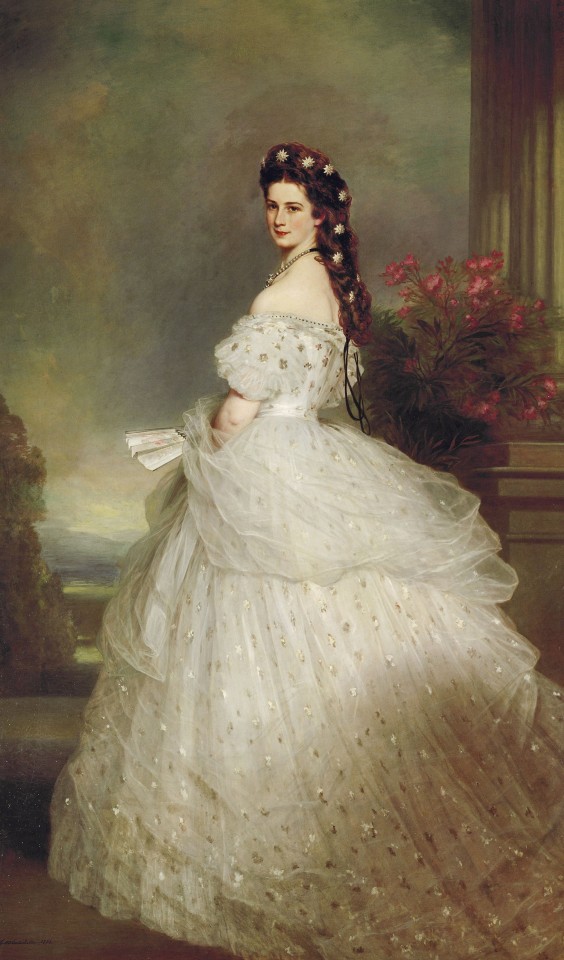
"My inspirational icon of glamorous eccentricity is the Marchesa Casati. I would like to give every person who thinks she is so risque and so eccentric a book called Infinite Variety so she can read about what eccentricity really is and who was living it in a big way almost a hundred years ago! "I want to be a living work of art!" the Marchesa said.
I also love Empress Elizabeth of Austria, who seemed pretty eccentric to me too. Being corseted down to 17 inches in a flowing black silk riding habit and sitting sidesaddle and jumping horses shows a real dedication to glamour, no?
- Dita von Teese
#luisa casati#marchesa casati#sissi#empress elizabeth of austria#sissi of austria#dita von teese#quote#eccentricity#glamour
60 notes
·
View notes
Text
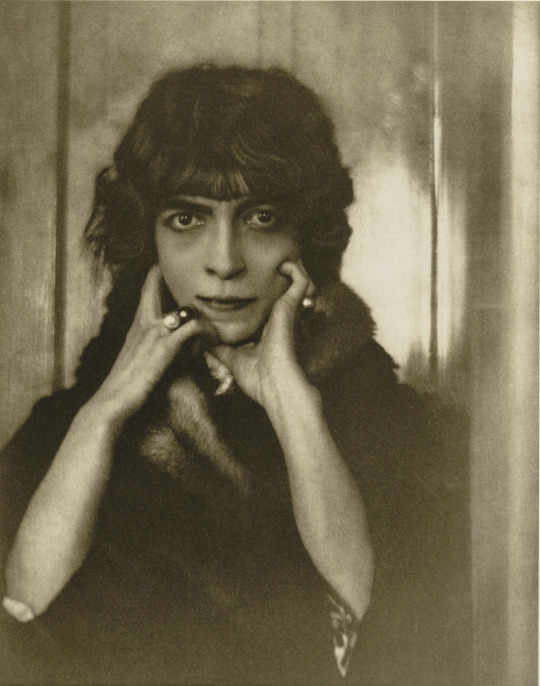
Close-up of ‘La Marchesa’ Luisa Casati (aka La Casati) wearing a fur trimmed coat. She poses with her hands on the sides of her face. 1912
Photo: Baron Adolf de Meyer
23 notes
·
View notes
Text
If the public can predict you, it starts to like you. But [she] didn't want to be liked. She wanted to incite.
on Marchesa Luisa Casati, Infinite Variety by Michael Orlando Yaccarino & Scott D. Ryersson
#words#infinite variety#yvon: my dangerous liaisons#marchesa luisa casati#luisa casati#michael orlando yaccarino#scott d. ryersson
24 notes
·
View notes
Text
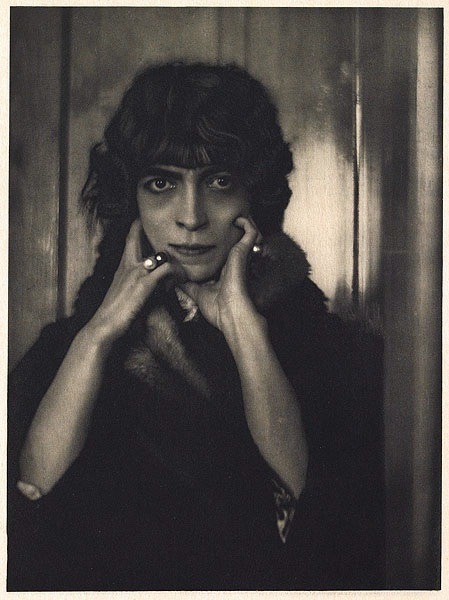
13 notes
·
View notes
Photo
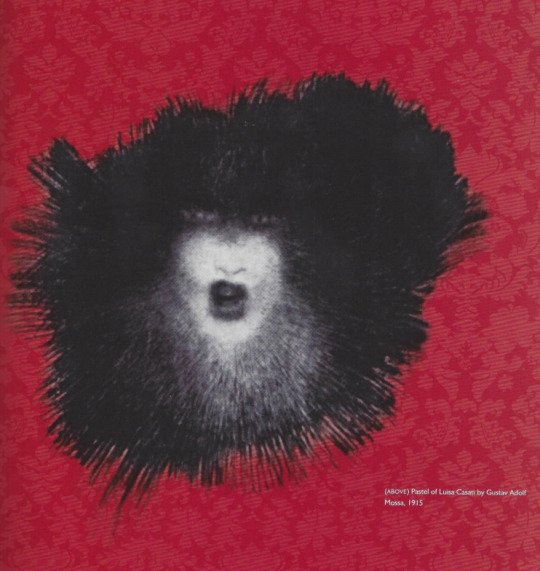
Gustav Adolf Mossa, Pastel of Marchesa Luisa Casati. 1915
Luisa was on holiday in Nice when she chanced accorss the work of Gustav Adolf Mossa. This French symbolist dedicated his craft to rendering fantastical creatures of myth – many of them in ghoulish feminine forms with bloodied lips and nightmarish eyes. His unsettling pastel vision of Luisa reduces her to a shrieking, nonhuman elemental force. At least in part, Mossa perhaps meant the almost perceptible scream from his siren-like subject to echo the horror and indignation expressed by so many at the recent start of the First World War. (x)
#gustav adolf mossa#pastel#painting#1915#art#marchesa luisa casati#la casati#mossa#la marchesa#luisa casati#marquise casati#marchesa#marquise#marchesa casati#Marchesa Luisa Casati.#Marchesa Casati Stampa#casati#stampa#Marquise Casati Stampa di Soncino#Marchesa Casati Stampa di Soncino#Luisa Marchesa Casati Stampa Di Soncino#Luisa Casati Stampa di Soncino#luisa amman casati#Luisa Adele Rosa Maria von Amman#Luisa Adele Rosa Maria Amman#amman#Luisa Amman#Marquise luisa casati#la Marquise
124 notes
·
View notes
Text




Lady Gaga's look is inspired by these photos taken by Cecil Beaton of Marisa Berenson dressed as Marchesa Louisa Casati for Vogue US' "Remembrance of Things Proust" in January 1972.
#lady gaga#stefani germanotta#haute couture#fashion#fashion editorial#marchesa casati#vogue us#vogue magazine#marchesa louisa casati#marcel proust#remembrance of things proust#january 1972#cecil beaton#marchesa luisa casati stampa#black and white photography#sepia photography#december 2021#british vogue#vogue italia
169 notes
·
View notes
Photo

La Marchesa Luisa Casati con un levriero (1908) by Giovanni Boldini
#art#painting#La Marchesa Luisa Casati con un levriero#The Marchesa Luisa Casati with a Greyhound#Giovanni Boldini#1908 paintings
1 note
·
View note
